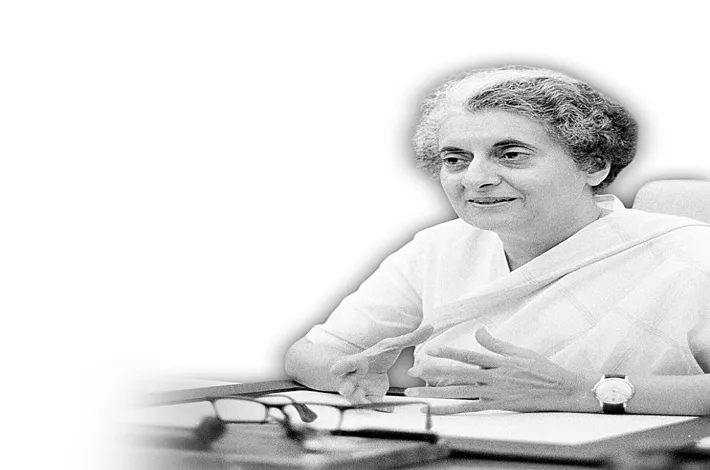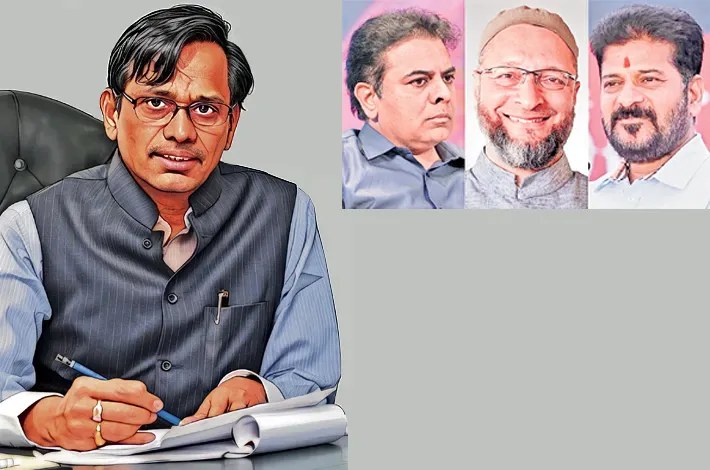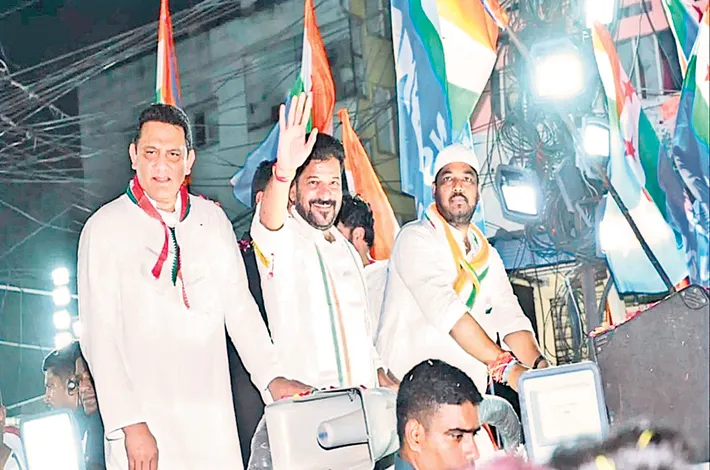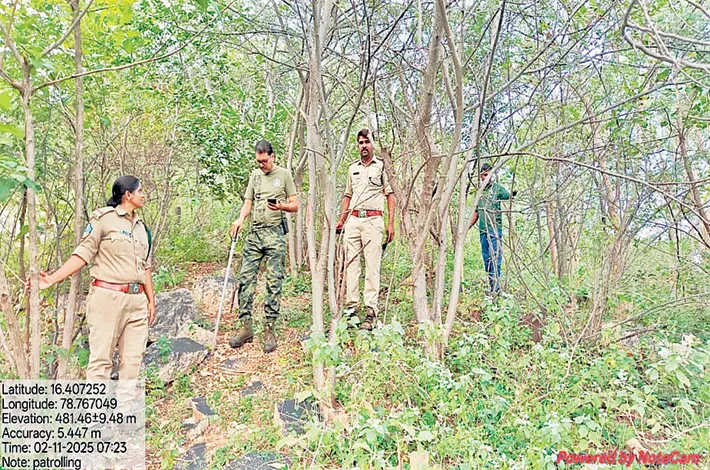Debunking 1975 narrative
25-06-2025 12:00:00 AM

As India marks the Golden Jubilee of the Emergency, declared on June 25-26, 1975, it is time to revisit the narrative that has long vilified Indira Gandhi, painting her as the sole architect of a dark chapter in India’s democratic history. For decades, a relentless campaign—spearheaded by the media and opposition—has sought to demonize her, churning out books and films that perpetuate a one-sided, prejudiced portrayal.
Critics who condemn Indira Gandhi for imposing the Emergency conveniently overlook a pivotal fact: she was the one who ended it. On January 18, 1977, she announced elections, fully aware of the likely outcome. After attending the All-India Congress Committee (AICC) session in Guwahati in November 1976, she confided in aides P.N. Dhar and H.Y. Sharada Prasad, “I am going to end the Emergency and call for elections. I know that I will lose, but this is something which is absolutely necessary for me to do.”
The 1977 elections, held under the shadow of the Emergency, were free and fair—an achievement unimaginable in many contemporary contexts. Indira Gandhi lost her Rae Bareli seat, and the Congress was decimated in Uttar Pradesh and at the Centre, marking the first peaceful transfer of power in independent India. This moment cemented India’s democratic credentials at a time when neighbouring countries like Pakistan and Bangladesh saw democracies falter. If India stands as a robust democracy today, much of the credit belongs to Indira Gandhi.
Raised in the cradle of India’s freedom struggle, under the influence of Mahatma Gandhi, Pandit Jawaharlal Nehru, and Rabindranath Tagore, Indira Gandhi’s commitment to democracy was unshakable. She could have clung to power, as many leaders might have, but chose instead to uphold the democratic values she held dear. The Emergency is often portrayed as an extra-constitutional overreach but there is a provision for an Internal. Indira Gandhi followed the due process. The Emergency was promulgated on the night of June 25-26, 1975,
and ratified by the Union Cabinet the following morning, a standard practice in parliamentary democracies. It was later tabled and debated in Parliament, where, despite fierce opposition criticism, it was approved, underscoring her adherence to democratic norms.
The necessity of the Emergency cannot be understood without its context. The opposition’s actions in the early 1970s created anarchic conditions that pushed the nation toward chaos. The Allahabad High Court’s verdict on June 12, 1975, which found Indira Gandhi guilty of minor electoral violations, became the trigger for an opposition desperate to topple her government. Unable to defeat her in the 1967 or 1971 elections, despite a “Grand Alliance,” they abandoned democratic means, opting instead for street protests and subversive tactics.
The opposition’s actions were not merely political dissent but a calculated assault on India’s democratic fabric. At a rally on June 25, 1975, at Delhi’s Ramlila Grounds, opposition leaders openly called for the Army and Police to revolt—an act bordering on treason. The patriotic armed forces and police rightly ignored this dangerous incitement. Earlier, the assassination of Union Railways Minister Lalit Narain Mishra and an attempt on the life of Chief Justice A.N. Ray underscored the opposition’s willingness to resort to violence. In Gujarat, legislators were coerced to resign to destabilize the state government, while Morarji Desai’s fast-unto-death forced Indira Gandhi to dissolve the state assembly, a rare concession from a prime minister.
The Baroda Dynamite Case, uncovered in June 1976, revealed the opposition’s sinister plans. Leaders like George Fernandes and others were implicated in plots to bomb railway bridges and government infrastructure, with one leader boasting of destroying 52 bridges in Karnataka alone. Such actions threatened India’s unity and integrity, leaving the government no choice but to act decisively to protect the Constitution and the rule of law.
The Allahabad High Court’s judgment, delivered by Justice Jagmohan Lal Sinha, is often cited as the spark for the Emergency. Yet, the verdict’s flimsiness was evident even to constitutional experts like Nani Palkhivala, who represented Indira Gandhi in the Supreme Court. Palkhivala dismissed the judgment as legally untenable, likening the unseating of a prime minister to a penalty for a traffic violation. The charges—non-payment of rostrum charges, electricity, and loudspeaker fees, and a technical dispute over the resignation of an aide—were trivial and hardly justified the opposition’s aggressive campaign to oust her.
Justice Sinha’s ruling hinged on questionable reasoning, such as claiming Indira Gandhi had declared her candidacy earlier than officially recorded, thus implicating her aide Yashpal Kapur in electoral malpractice. The Supreme Court granted a conditional stay, allowing her to remain in office pending appeal, yet the opposition seized the verdict as a pretext for extra-constitutional action, bypassing the democratic process and pushing for immediate power.
A Nation on the Brink
On June 25, 1975, as the opposition intensified its campaign, West Bengal Chief Minister Siddhartha Shankar Ray proposed invoking an Internal Emergency to counter the growing threat. Indira Gandhi, initially unaware of this constitutional provision, consulted President Fakhruddin Ali Ahmed, who approved the proclamation after reviewing the draft. Her decision was not about self-preservation but about saving the nation from descending into anarchy. She prioritized India’s stability over her personal image, a sacrifice often glossed over by her detractors.
The False Narrative and Its Perpetrators
The narrative vilifying Indira Gandhi has been meticulously crafted by those with little connection to India’s freedom struggle. Organizations lacking historical legitimacy have co-opted figures like Jayaprakash Narayan to bolster their relevance, while ignoring their own role in destabilizing the nation. The Shah Commission, established post-Emergency to probe alleged excesses, became a tool for a witch-hunt. Justice J.C. Shah, who had previously ruled against Indira Gandhi in the Banks Nationalization case, displayed clear bias, allowing hostile depositions while dismissing evidence in her favor. His demand for her to reveal sensitive threat assessments violated the principles of the Westminster model, exposing the commission’s partisan agenda.
Excesses in Perspective
Excesses occurred during the Emergency, as they do in any crisis. However, the same forces that condemn these excesses have presided over far worse atrocities—mob lynchings, targeted demolitions, gangrapes, and murders of intellectuals—with impunity. Figures like Jagmohan, infamous for the Turkman Gate demolitions, were not only spared punishment but celebrated by those now decrying the Emergency. The hypocrisy is stark: the same organization that sanctifies Jagmohan vilifies Indira Gandhi.
A Global Context
Indira Gandhi’s decision to conduct India’s first nuclear test in 1974 drew the ire of foreign powers, placing her in their crosshairs. The toppling of Chile’s Salvador Allende in 1973 and the assassination of Bangladesh’s Sheikh Mujibur Rahman in 1975 highlighted the lengths to which external forces could go to destabilize governments. The National Railways Strike of 1974 and the Baroda Dynamite Case bore the fingerprints of foreign interference, compounding the internal threats Indira Gandhi faced.
A Lasting Legacy
Former British Deputy Prime Minister Michael Foot aptly noted that Indira Gandhi held India together during a critical period from 1966 to 1977. Her resolve to restore democracy, even at the cost of her own political power, remains a testament to her leadership. The Emergency, far from being an act of authoritarianism, was a constitutional response to a nation on the brink, driven by an opposition that abandoned democratic norms. It is time to set aside the fiction of a villainous Indira Gandhi and recognize her as a leader who safeguarded India’s democratic soul under extraordinary circumstances.








